Home>Renovation & DIY>Tools & Equipment>What Grit Sandpaper For Butcher Block
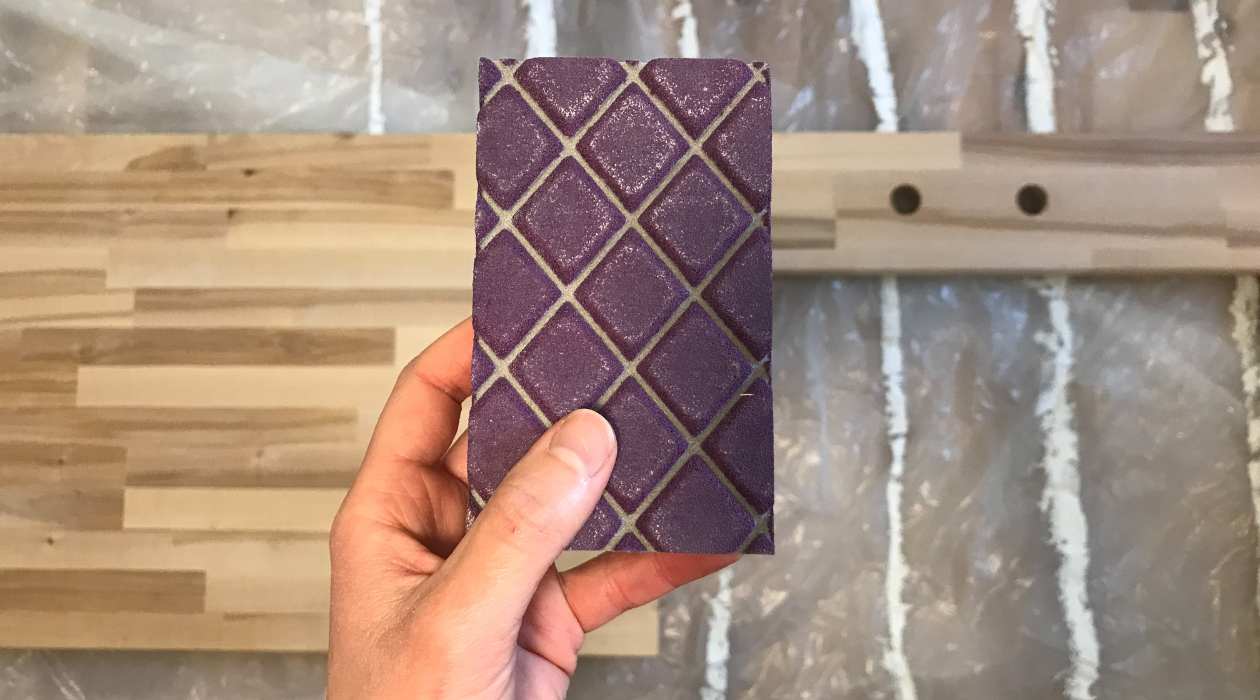

Tools & Equipment
What Grit Sandpaper For Butcher Block
Published: December 20, 2023
Discover the best grit sandpaper for butcher block with our comprehensive guide. Get the right tools and equipment for your woodworking projects.
(Many of the links in this article redirect to a specific reviewed product. Your purchase of these products through affiliate links helps to generate commission for Storables.com, at no extra cost. Learn more)
**
Introduction
**
When it comes to maintaining the beauty and functionality of your butcher block, the process of sanding plays a crucial role. Sanding not only smoothens the surface but also helps in removing scratches, stains, and imperfections, thereby revitalizing the appearance of the wood. However, the effectiveness of sanding largely depends on the type of sandpaper used, particularly the grit. Understanding the significance of grit sandpaper and selecting the appropriate grit for your butcher block is essential for achieving the desired results. In this article, we will delve into the world of grit sandpaper and explore the best options for sanding your cherished butcher block to perfection. So, let's embark on this insightful journey to uncover the secrets of grit sandpaper for butcher blocks!
**
Key Takeaways:
- Choose coarse grit (60-100) sandpaper for deep scratches and stains, medium grit (150-180) for further smoothing, and fine grit (220-400) for a flawless finish when sanding your butcher block.
- Progress gradually from coarse to fine grits, sand in the direction of the wood grain, and consider the wood type to effectively restore and preserve your butcher block’s natural beauty.
Read more: What Grit Sandpaper For Marble
Understanding Grit Sandpaper
**
Before delving into the specifics of choosing the right grit sandpaper for your butcher block, it’s essential to understand the concept of grit in the context of sandpaper. Grit refers to the coarseness or fineness of the abrasive particles bonded to the sandpaper. These particles, typically made of aluminum oxide, silicon carbide, or garnet, determine the sandpaper’s ability to remove material from the surface of the wood.
The grit size is denoted by a number, which indicates the number of abrasive particles per square inch of the sandpaper. Lower grit numbers signify coarser sandpaper, while higher numbers represent finer grit. For instance, 60 to 100 grit sandpaper is considered coarse and is suitable for heavy material removal and leveling uneven surfaces, while 150 to 180 grit is categorized as medium grit and is ideal for smoothing and refining the surface. On the other hand, 220 to 400 grit sandpaper falls under the fine grit category and is used for final finishing and achieving a polished appearance.
It’s important to note that the choice of grit sandpaper depends on the condition of the butcher block and the specific sanding requirements. Understanding the characteristics of different grit sizes and their respective applications is crucial for achieving optimal results when sanding your butcher block.
**
Use 120-150 grit sandpaper for initial sanding to remove any rough spots or imperfections on the butcher block. Follow up with 220-320 grit for a smooth finish.
Choosing the Right Grit Sandpaper for Butcher Block
**
When it comes to sanding your cherished butcher block, selecting the right grit sandpaper is paramount for achieving a flawless finish. The choice of grit depends on the condition of the wood, the extent of surface imperfections, and the desired level of smoothness. Let’s explore the different grit options and their suitability for various sanding tasks:
- Coarse Grit (60-100): If your butcher block exhibits deep scratches, stubborn stains, or uneven surfaces, starting with coarse grit sandpaper in the range of 60 to 100 is recommended. This coarse grit is effective for rapid material removal and leveling the surface, preparing it for subsequent sanding with finer grits.
- Medium Grit (150-180): Once the initial sanding with coarse grit has addressed the prominent imperfections, transitioning to medium grit sandpaper in the range of 150 to 180 is ideal for further smoothing the surface. This grit range is effective in refining the wood and eliminating the visible marks left by the coarse grit.
- Fine Grit (220-400): For achieving a silky-smooth finish and a polished appearance, fine grit sandpaper in the range of 220 to 400 is employed. This fine grit is instrumental in removing the minute scratches, blemishes, and any remaining roughness, resulting in a flawless and lustrous surface.
It’s important to progress gradually from coarser to finer grits, as this incremental approach ensures a systematic refinement of the surface while preserving the integrity of the wood. Additionally, using the appropriate grit sequence minimizes the risk of over-sanding, which can compromise the durability and aesthetic appeal of the butcher block.
When selecting the grit sandpaper, consider the type of wood used in your butcher block, as different wood species may respond differently to sanding. Furthermore, always sand in the direction of the wood grain to prevent unsightly scratches and maintain a uniform appearance.
By understanding the distinct roles of coarse, medium, and fine grit sandpaper, you can effectively restore the charm of your butcher block, unveiling its natural beauty and ensuring its longevity.
**
Conclusion
**
As we conclude our exploration of grit sandpaper for butcher blocks, it’s evident that the selection of the right grit plays a pivotal role in the sanding process, significantly impacting the final outcome. By understanding the characteristics and applications of different grit sizes, you can elevate the aesthetic appeal and durability of your cherished butcher block.
When embarking on the sanding journey, assess the condition of your butcher block and identify the specific imperfections that need attention. Whether it’s deep scratches, stubborn stains, or minor blemishes, choosing the appropriate grit sandpaper is essential for addressing these issues effectively.
Remember, the journey from coarse to fine grit sandpaper is a gradual refinement process, akin to sculpting a masterpiece. Each grit level contributes to the transformation of the wood, ultimately unveiling a smooth, flawless, and inviting surface.
Furthermore, the choice of grit should be complemented by proper sanding techniques, including consistent strokes and sanding in the direction of the wood grain. This meticulous approach ensures that the natural beauty and integrity of the wood are preserved throughout the sanding process.
By embracing the art of grit sandpaper selection and employing the right techniques, you can breathe new life into your butcher block, allowing its timeless elegance to shine through. Whether it’s in the kitchen, dining area, or any space where the butcher block takes center stage, the results of meticulous sanding will be truly remarkable.
So, as you embark on your next sanding endeavor, armed with the knowledge of grit sandpaper and its transformative potential, may your butcher block emerge rejuvenated, exuding a captivating allure that beckons all to admire its sheer beauty and craftsmanship.
Frequently Asked Questions about What Grit Sandpaper For Butcher Block
Was this page helpful?
At Storables.com, we guarantee accurate and reliable information. Our content, validated by Expert Board Contributors, is crafted following stringent Editorial Policies. We're committed to providing you with well-researched, expert-backed insights for all your informational needs.

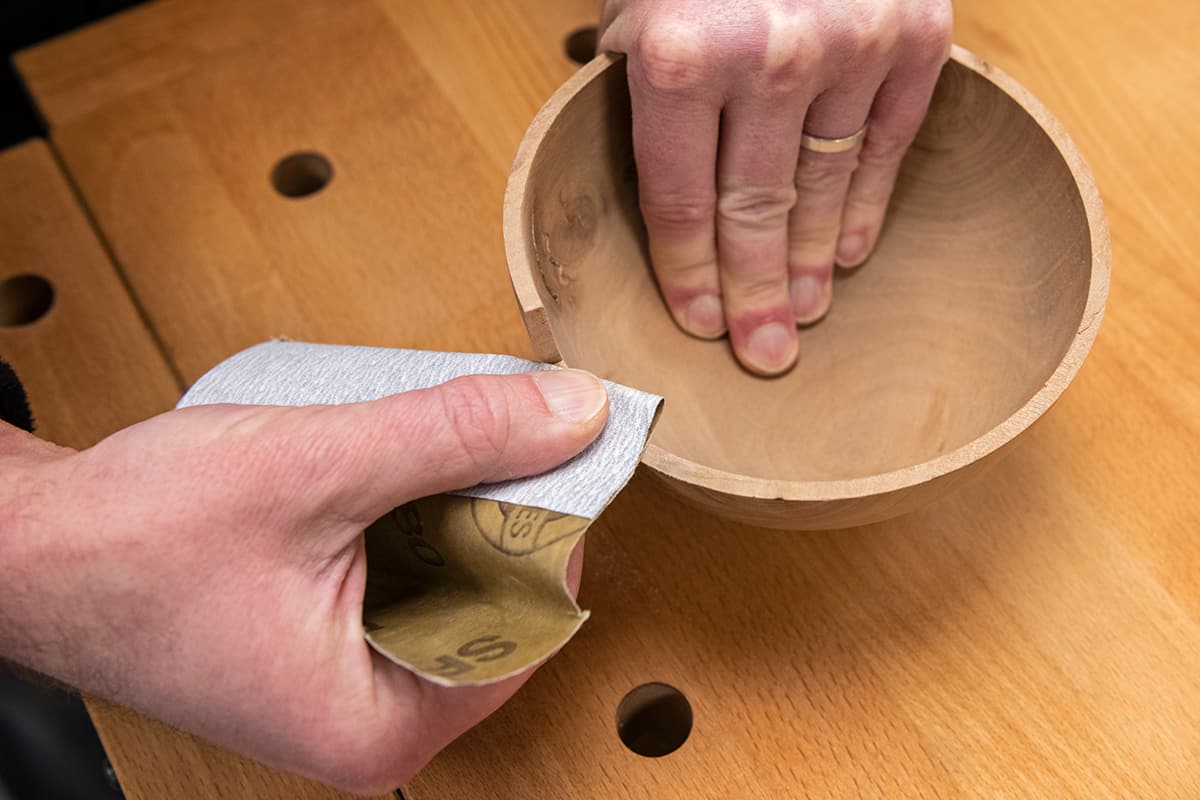
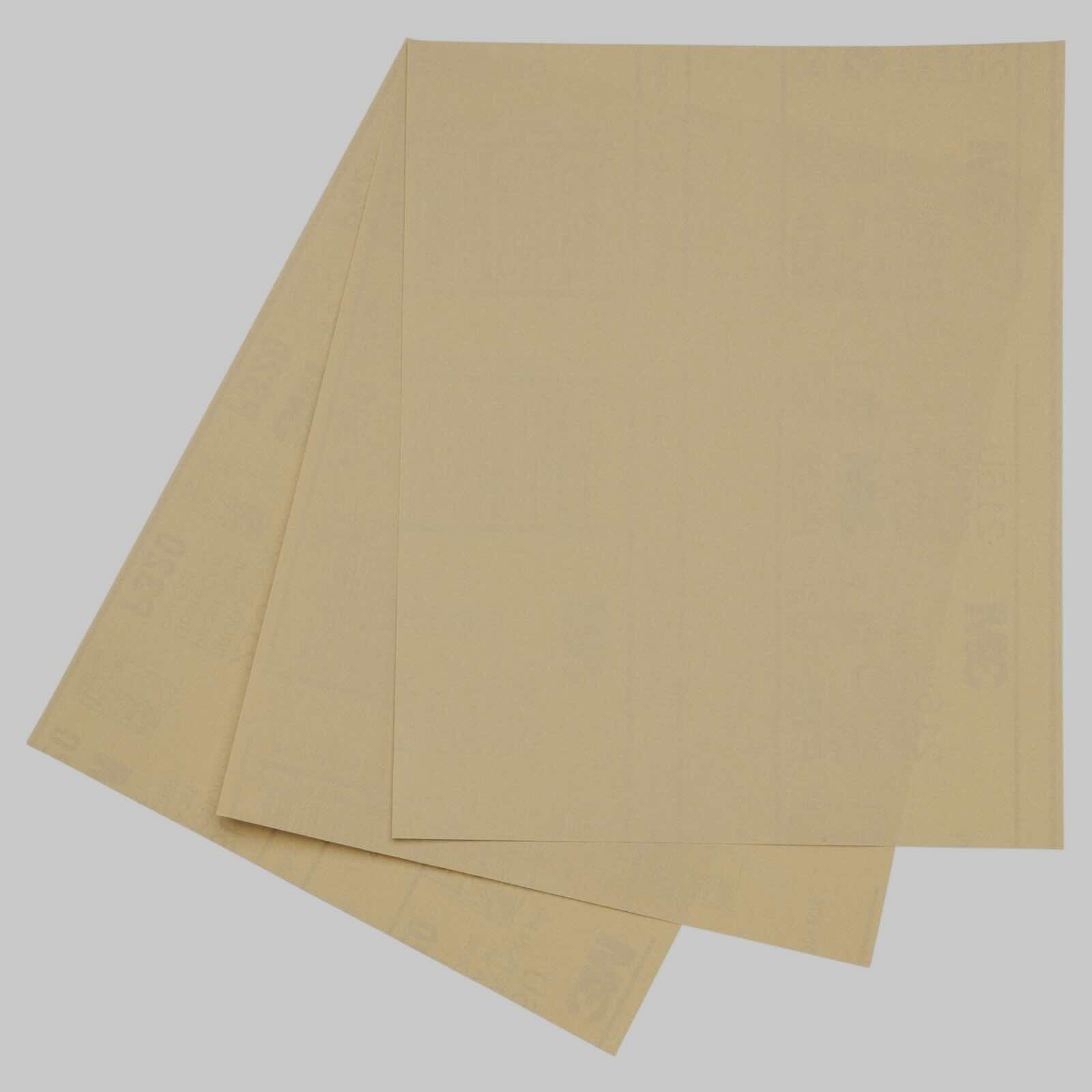
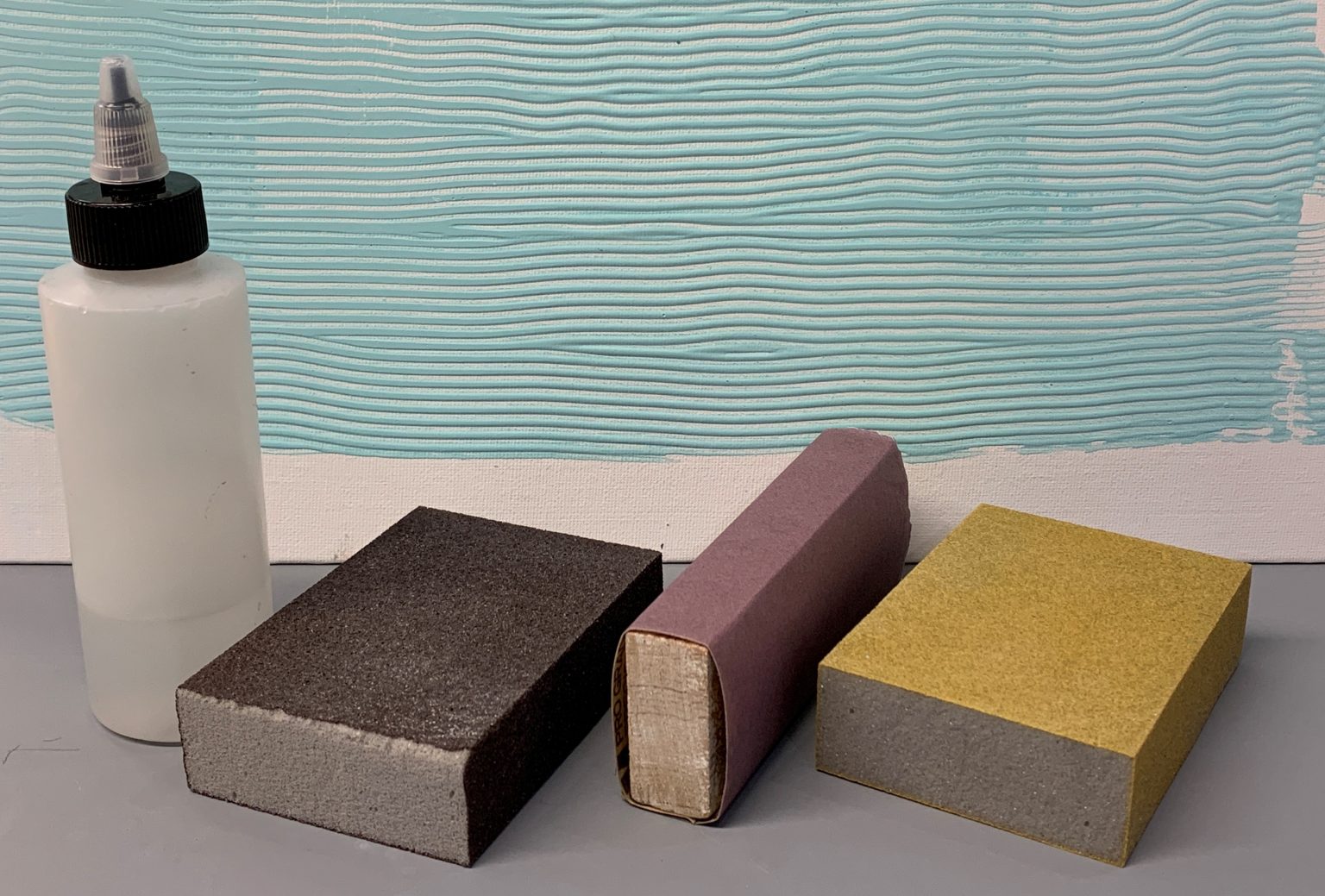
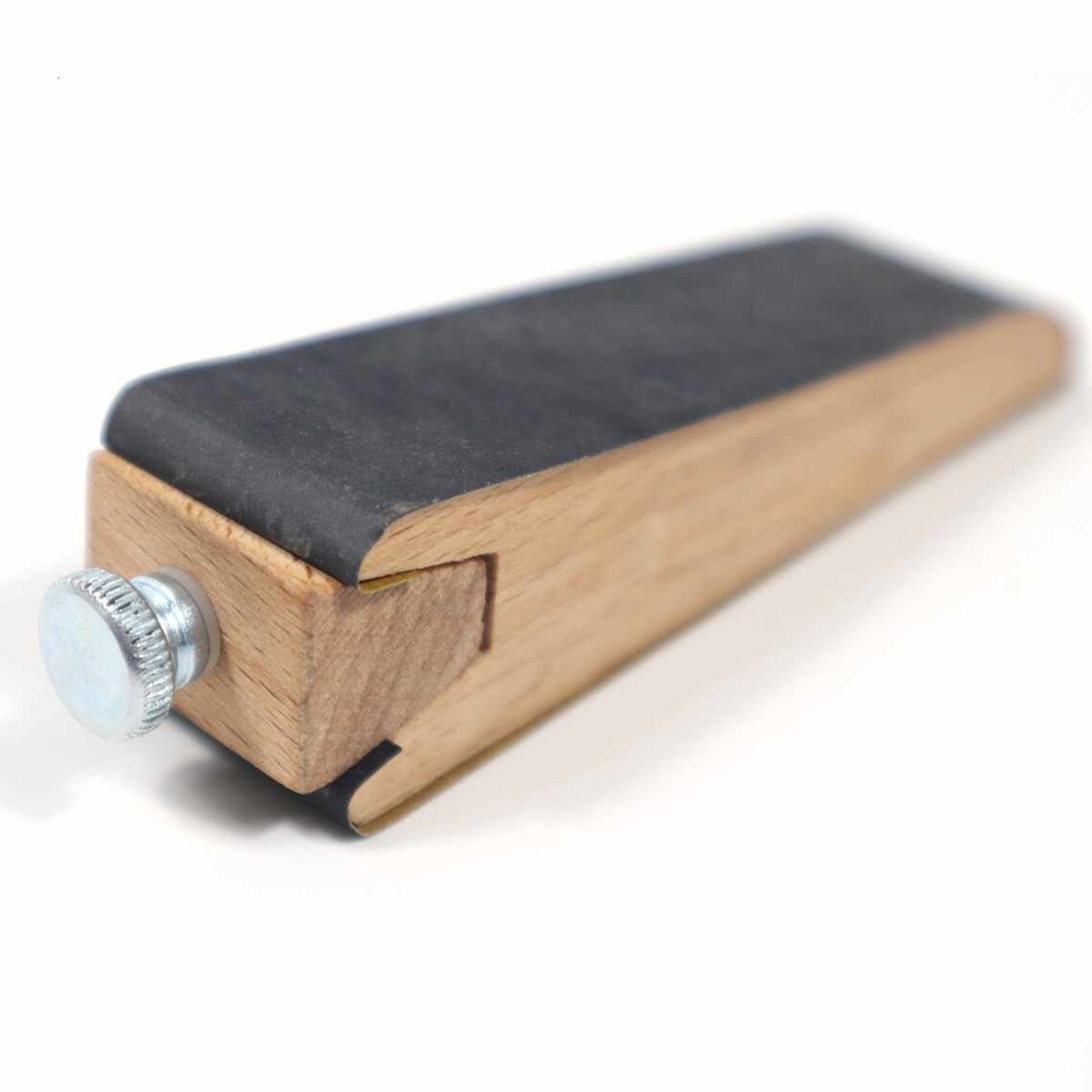
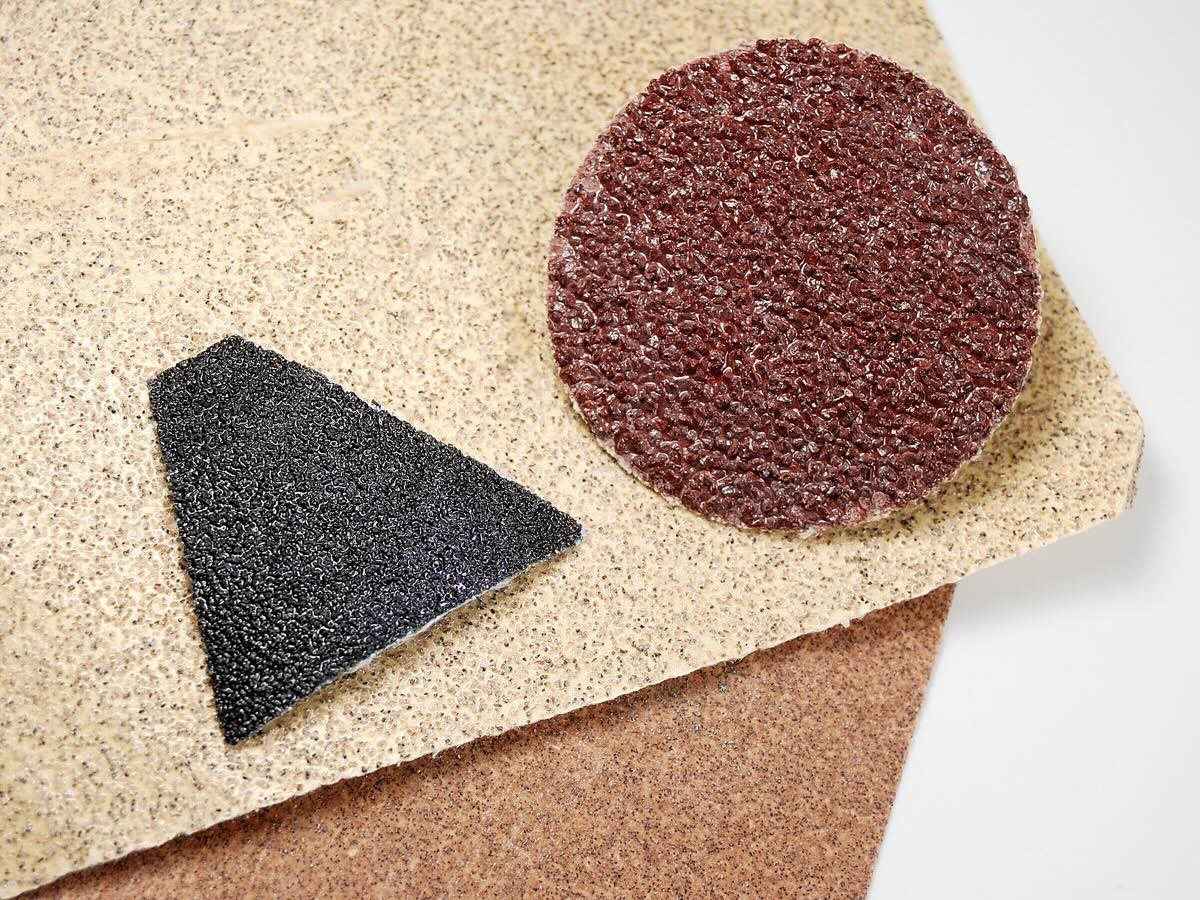
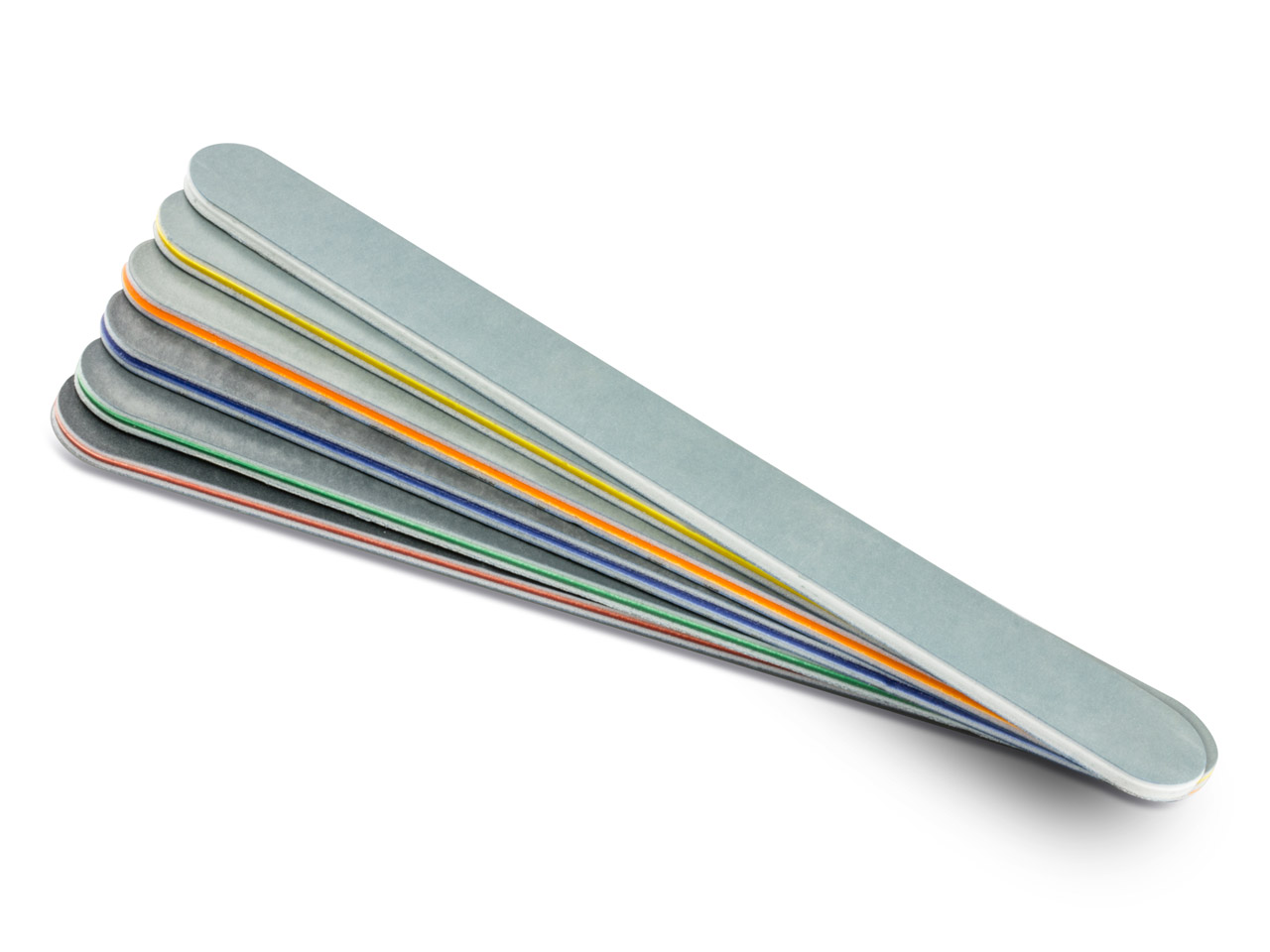
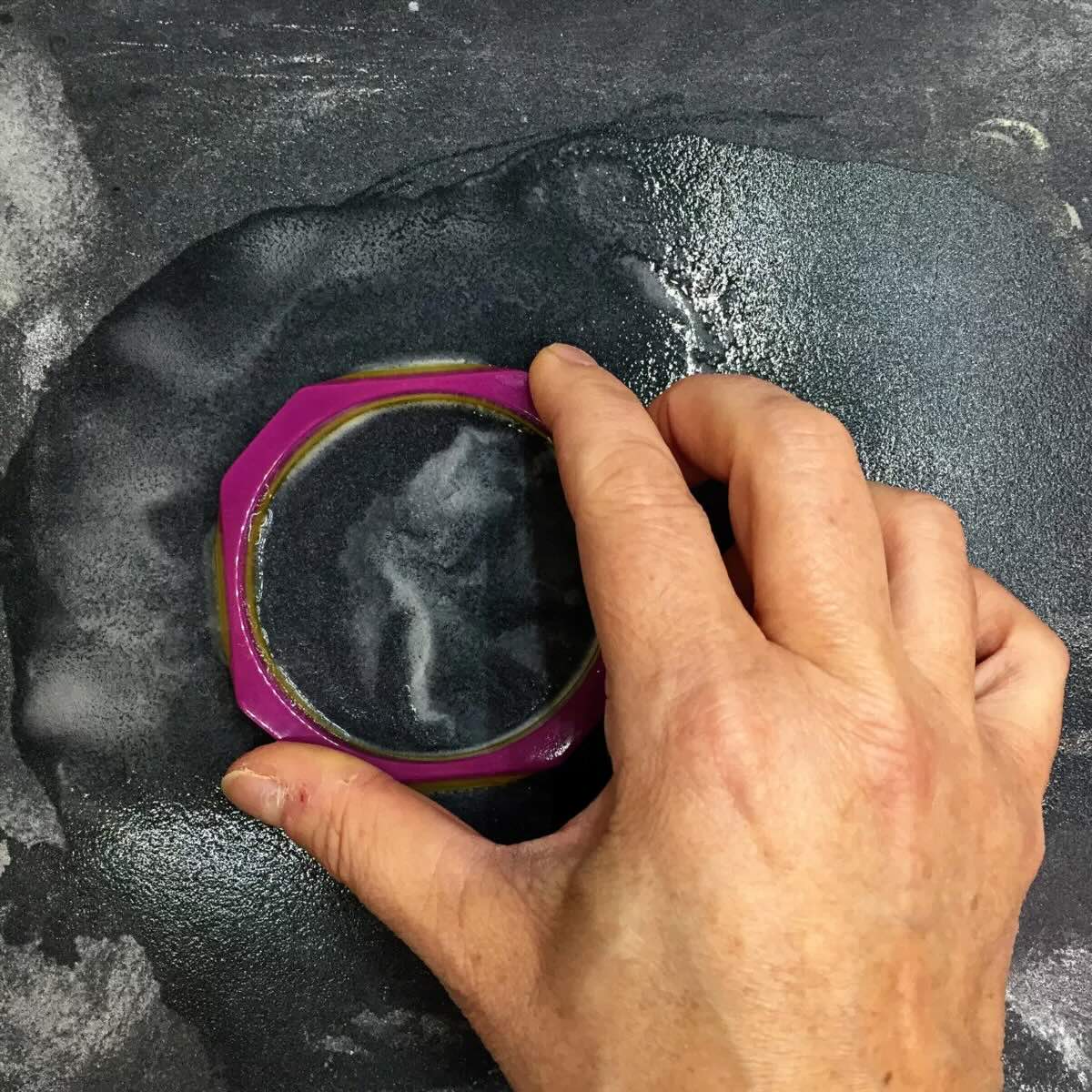
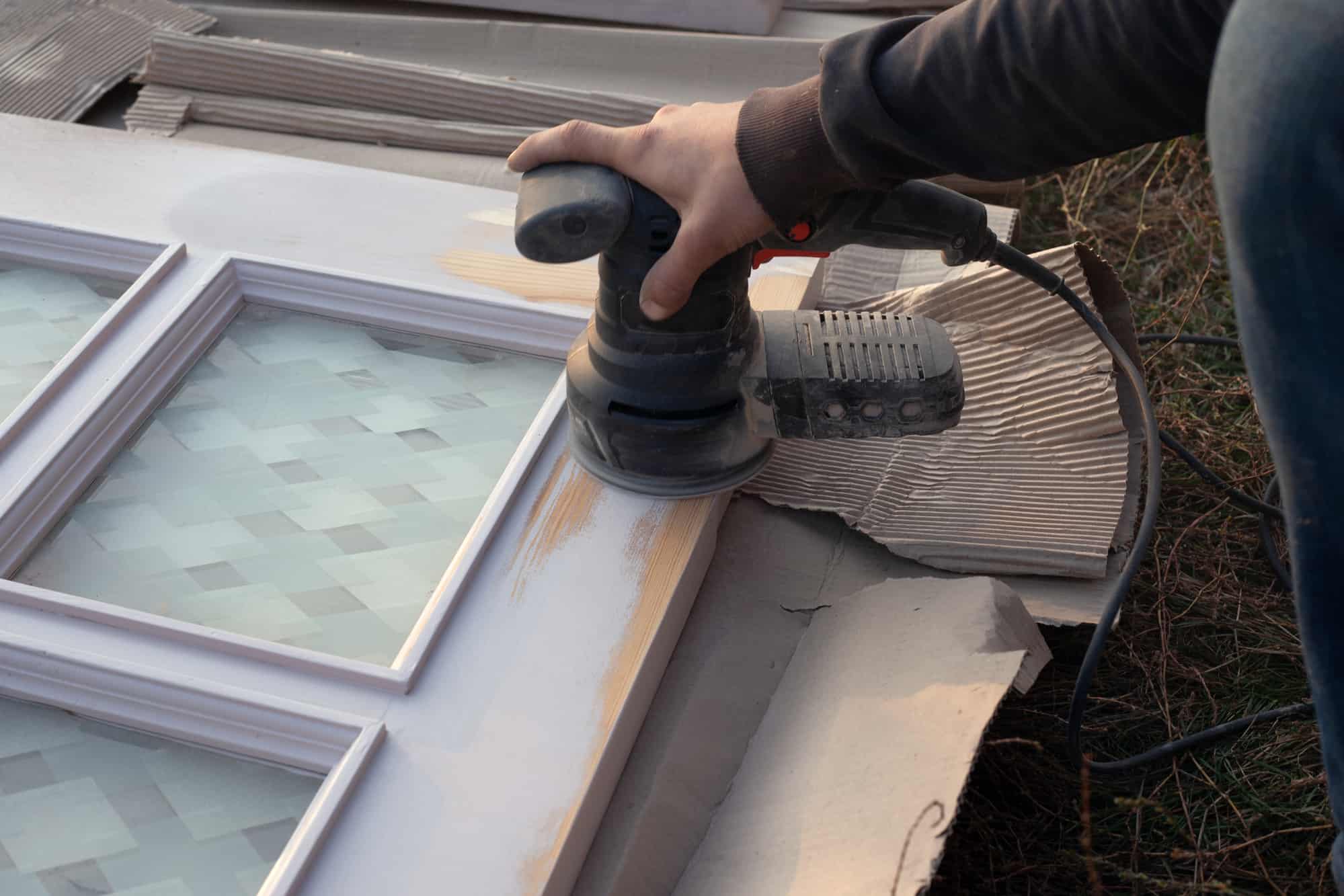
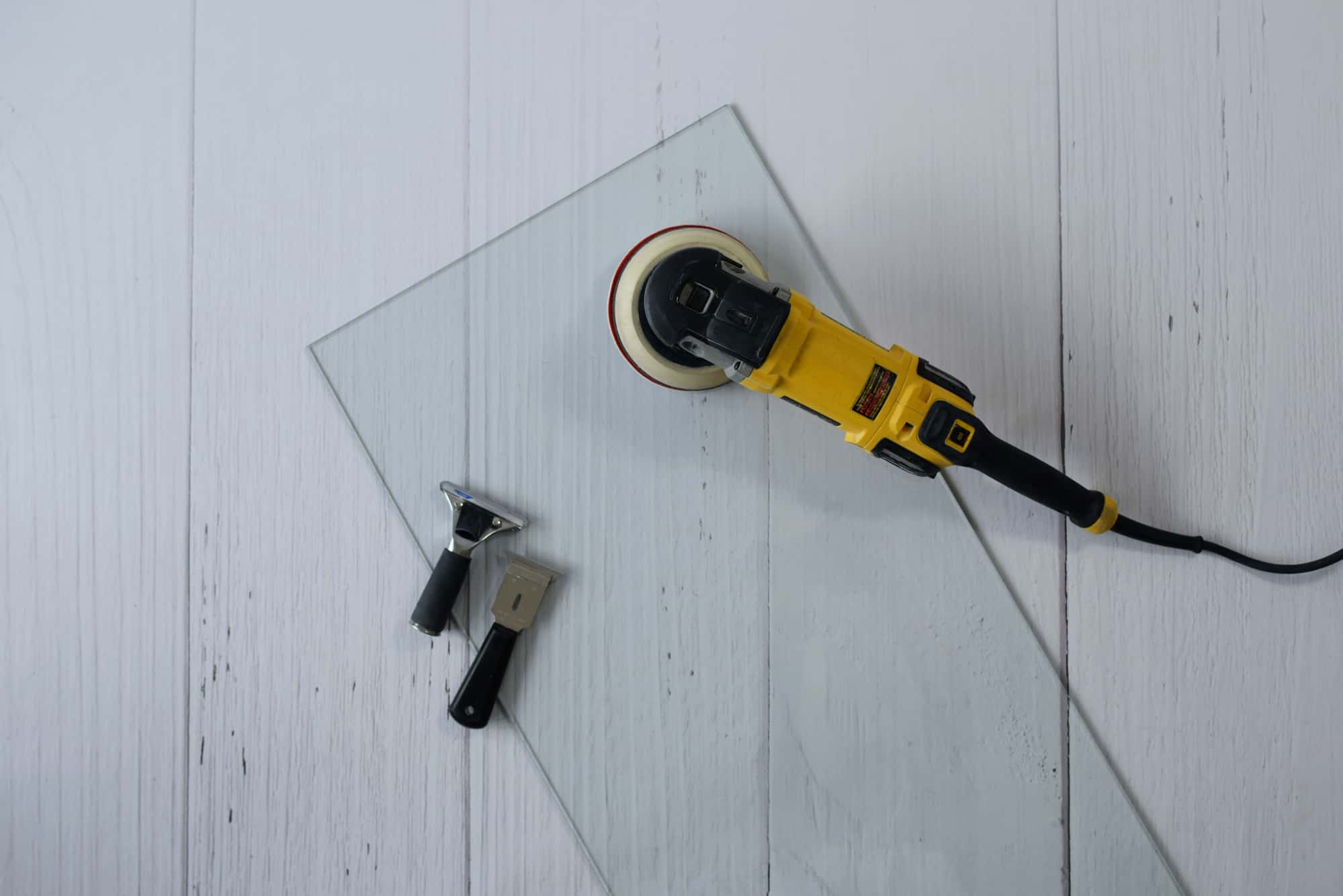

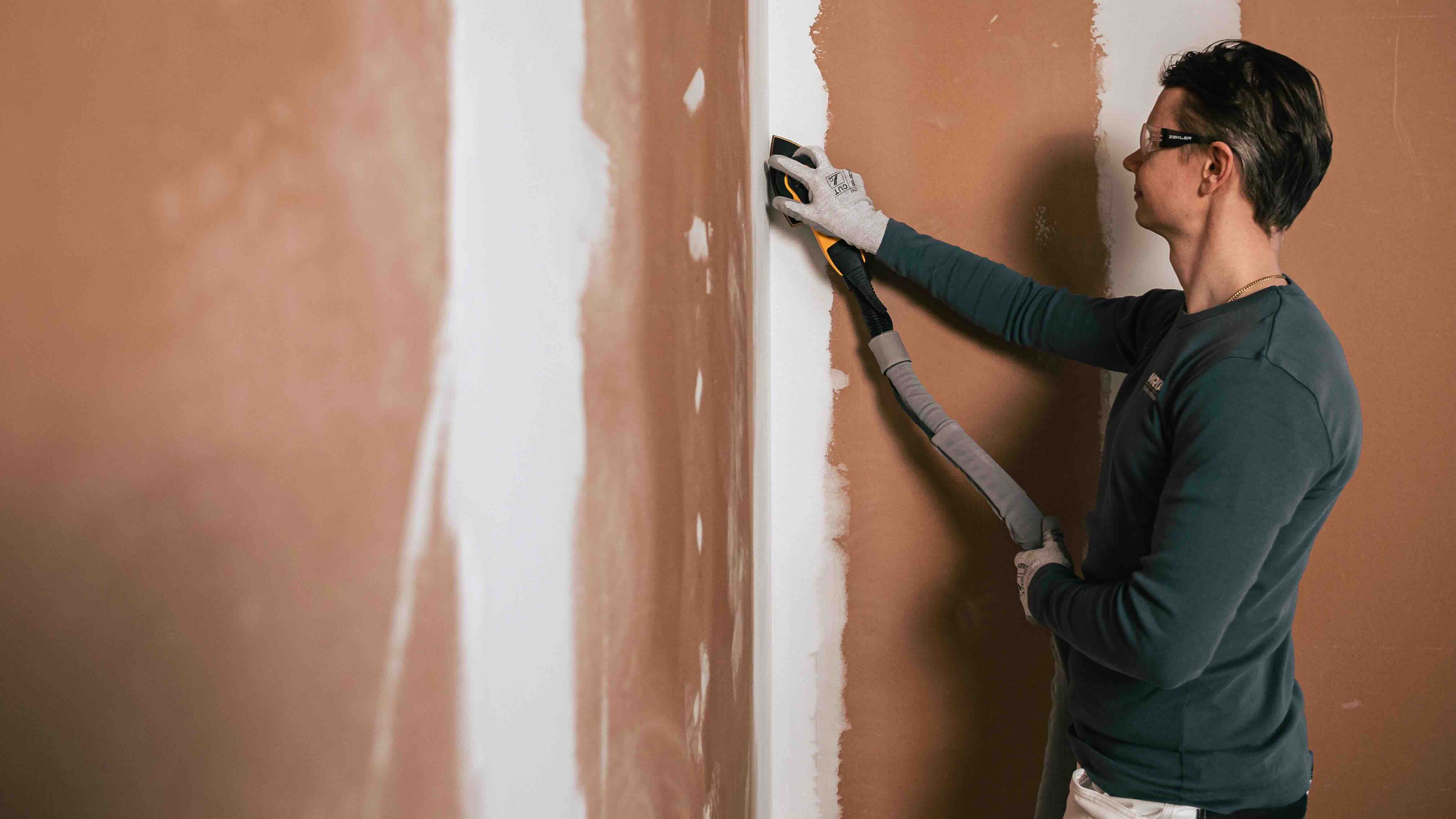
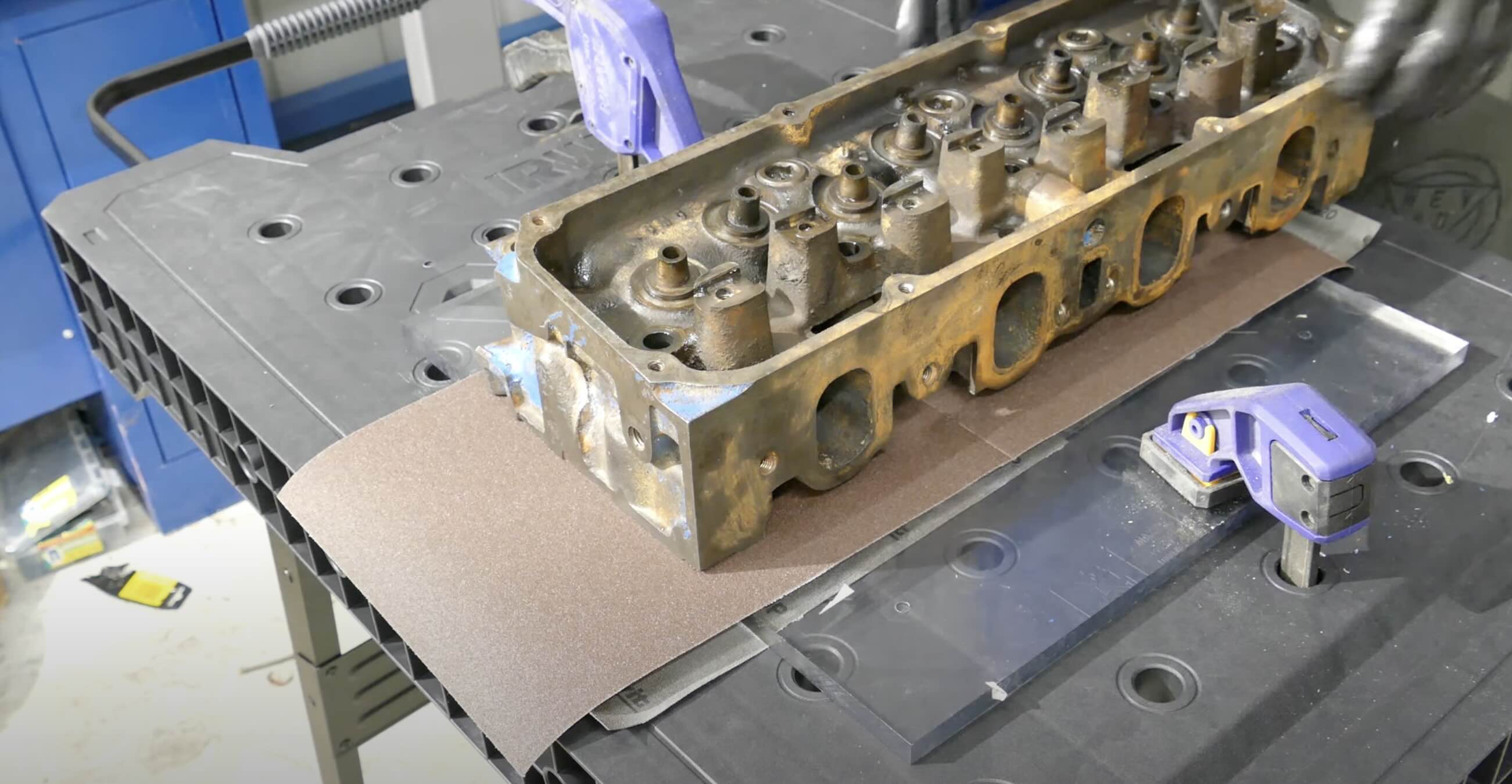

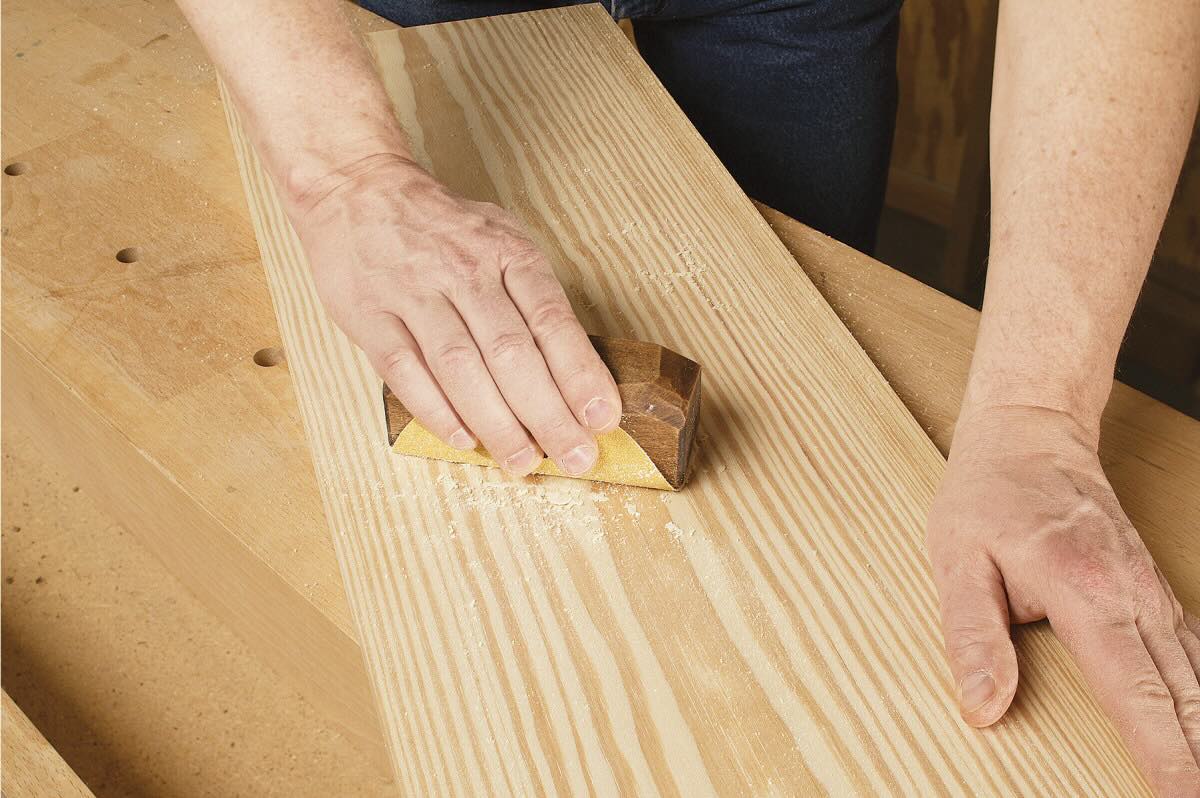

0 thoughts on “What Grit Sandpaper For Butcher Block”